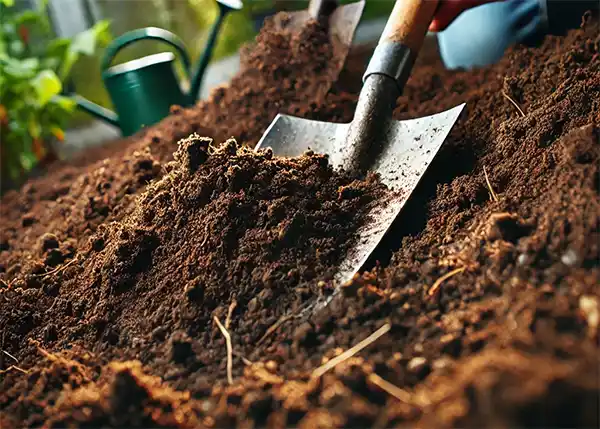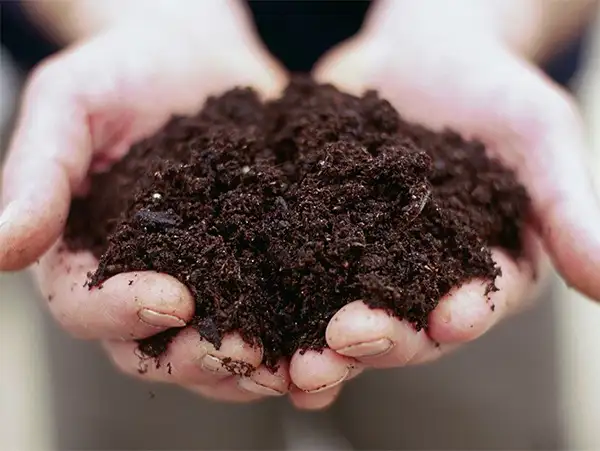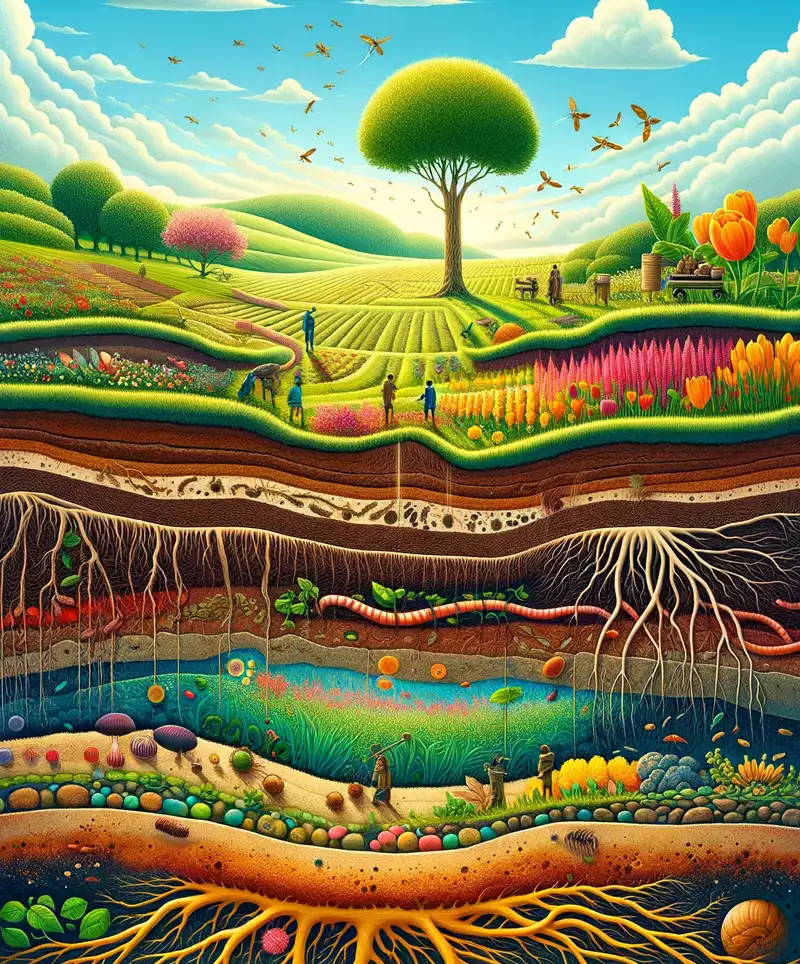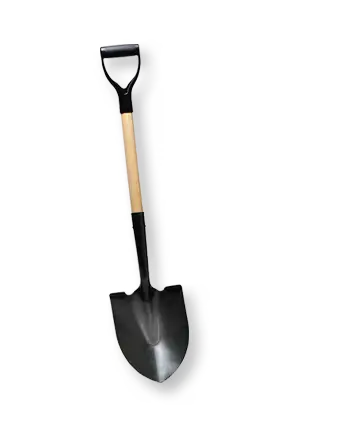Digging into the Dirt on Soil
World Soil Day, celebrated annually on December 5th, brings to light the importance of soil as a critical component of our ecosystem. Whether you're a gardening enthusiast, a farmer, or someone whose closest interaction with soil involves yelling at muddy shoes, this day is an invitation to appreciate the ground beneath our feet. Let’s take a deep dive into the loamy, sandy, and sometimes downright sticky world of soil.
What Is Soil? More Than Just Dirt
Soil isn’t just the stuff you try to keep out of your house. It’s a living, breathing mixture of minerals, organic matter, gases, liquids, and countless organisms that combine to support life. Think of it as the Earth's multivitamin: it’s got a little of everything, from nitrogen to potassium, all designed to help plants—and, by extension, humans—thrive.
 And no, soil and dirt are not the same thing. Dirt is soil out of place, like when it’s stuck under your nails after gardening. Soil, on the other hand, is a powerhouse of productivity, housing worms, microbes, and other creatures that are nature’s unsung heroes.
And no, soil and dirt are not the same thing. Dirt is soil out of place, like when it’s stuck under your nails after gardening. Soil, on the other hand, is a powerhouse of productivity, housing worms, microbes, and other creatures that are nature’s unsung heroes.
A Brief History of Soil
Soil has been quietly shaping the history of our planet—and humanity—for millions of years. It all began with rocks. Over time, wind, water, and temperature changes broke down these rocks into tiny particles. Add in decaying plants, animals, and microbes, and voilà: the first soils were born. These early soils were raw and undeveloped compared to the complex systems we see today, but they laid the groundwork—literally—for the ecosystems that followed.
As human civilizations emerged, so too did our reliance on soil. The ancient Mesopotamians thrived thanks to the fertile lands between the Tigris and Euphrates Rivers, while the Nile River’s annual flooding brought nutrient-rich silt to Egyptian farmers. Soil wasn’t just a resource; it was the lifeblood of societies, determining where settlements could grow and how populations could sustain themselves.
But with great soil comes great responsibility, and history is filled with cautionary tales of what happens when it’s neglected. The fall of the Mayan civilization, for instance, has been linked to deforestation and soil degradation, while the Dust Bowl of the 1930s in the United States turned once-fertile farmland into a barren wasteland due to poor agricultural practices. These events serve as stark reminders that soil is not an infinite resource; it’s a fragile, living system that needs our care.
Fast-forward to today, and soil remains a cornerstone of modern life. It supports agriculture, filters water, stores carbon, and even plays a role in our climate. Yet, despite its importance, soil often goes unnoticed, trampled underfoot and taken for granted. The history of soil is one of resilience, transformation, and delicate balance—a story still being written with every step we take.
Why Should You Care About Soil?
At first glance, soil might not seem like the most exciting topic—it’s just dirt, right? Not quite. Beneath its humble appearance lies an incredible powerhouse that keeps our ecosystems thriving. Soil does more than grow your garden; it provides food, filters water, stores carbon, and supports billions of organisms. In short, it’s the hero of life on Earth, and understanding its importance might change how you see the ground beneath your feet.
- It Feeds Us: About 95% of our food comes from soil. Without it, we’d be stuck eating air and wishing we had a sprinkle of topsoil to flavor it.
- It Filters Water: Soil acts like nature’s Brita filter, purifying water as it percolates through its layers.
- It Fights Climate Change: Soil stores carbon, helping to offset greenhouse gas emissions. If soil were a superhero, it would be Captain Carbon-Catcher.
- It’s Home to Billions: A single teaspoon of soil contains more organisms than there are people on Earth. Imagine having billions of roommates!
The Many Types of Soil
Not all soil is created equal. Each type has its own quirks and personalities:
- Clay: Sticks to everything and takes forever to drain. It’s the needy friend of the soil world.
- Sandy: Quick to drain but forgets to hold onto nutrients. Perfect for beach days, less so for farming.
- Silty: Smooth and fertile, this soil is the overachiever.
- Loamy: The gold standard of soil, a mix of sand, silt, and clay. If soils competed in a beauty pageant, loam would win every time.
Soil in Crisis
Despite its vital role in sustaining life, soil is facing an unprecedented crisis. Over one-third of the world’s soil is degraded, and the problem is accelerating due to human activity. Erosion, deforestation, industrial farming, and urban sprawl are stripping the land of its protective topsoil at an alarming rate. Without this nutrient-rich layer, agricultural productivity plummets, leading to food insecurity for millions.
 Soil erosion is particularly concerning, as it can take centuries to replace what’s lost in just a few years. Heavy rains, strong winds, and poor land management practices sweep away valuable topsoil, leaving the ground infertile and vulnerable. Meanwhile, pollution from industrial waste, pesticides, and plastics contaminates the soil, disrupting ecosystems and even affecting human health as harmful substances leach into crops and water supplies.
Soil erosion is particularly concerning, as it can take centuries to replace what’s lost in just a few years. Heavy rains, strong winds, and poor land management practices sweep away valuable topsoil, leaving the ground infertile and vulnerable. Meanwhile, pollution from industrial waste, pesticides, and plastics contaminates the soil, disrupting ecosystems and even affecting human health as harmful substances leach into crops and water supplies.
The crisis doesn’t just stop at the soil level. As soil degrades, its ability to sequester carbon diminishes, contributing to higher levels of greenhouse gases in the atmosphere. This creates a vicious cycle: climate change accelerates soil degradation, and degraded soil exacerbates climate change.
But all is not lost. Sustainable practices like crop rotation, cover cropping, reforestation, and no-till farming can help restore soil health. Governments, organizations, and individuals can also make a difference by investing in soil conservation programs and reducing activities that harm the land.
The bottom line? Saving soil isn’t just about preserving our gardens; it’s about securing the planet’s future. After all, healthy soil means healthy ecosystems, healthier food, and a healthier world for everyone.
How to Celebrate World Soil Day
World Soil Day isn’t just about appreciating the ground beneath your feet; it’s about taking action to protect and nurture it for future generations. Whether you have a green thumb or just a passing interest in the environment, there are plenty of simple, meaningful ways to celebrate this day. From getting your hands dirty to spreading awareness, here’s how you can show soil some love and give back to the planet.
- Plant Something: Whether it’s a tree, a garden, or just a single flower, putting down roots is a tangible way to give back to the soil.
- Compost: Turn your kitchen scraps into nutrient-rich compost and give your soil a natural boost. Bonus: it’s oddly satisfying to see yesterday’s salad become tomorrow’s soil enhancer.
- Educate Yourself: Learn about the soil in your area and how to protect it. You’ll gain a newfound respect for that patch of earth in your backyard.
- Thank a Farmer: Farmers are the original soil stewards. Let them know their work doesn’t go unnoticed.
Fun Facts About Soil
Soil may seem unassuming, but it’s full of surprises! From hidden talents to fascinating quirks, here are some fun facts that prove soil is anything but boring.
- Soil has layers: The topsoil is where the action happens, but dig deeper and you’ll find subsoil, parent material, and bedrock. It’s like a cake, but less tasty.
- Earthworms are MVPs: These wriggly creatures aerate the soil and enrich it with their castings (yes, that means poop).
- It Takes Ages to Form: It can take up to 1,000 years to form just an inch of topsoil. So, next time you shovel some, treat it with care—it’s ancient history in your hands.
- Soil Has a Smell: The earthy aroma after rain is caused by actinomycetes, a type of bacteria in the soil. It’s nature’s cologne.
Soil may not be glamorous, but it’s the foundation of life as we know it. On World Soil Day, take a moment to appreciate the ground beneath your feet. Without it, there’d be no crops, no clean water, and no life. And who knows—maybe next time you accidentally track mud into the house, you’ll think of it as a tribute to this unsung hero of the natural world.
So, here’s to soil: messy, magnificent, and absolutely essential. Dig it?
Please Share our Content






 And no, soil and dirt are not the same thing. Dirt is soil out of place, like when it’s stuck under your nails after gardening. Soil, on the other hand, is a powerhouse of productivity, housing worms, microbes, and other creatures that are nature’s unsung heroes.
And no, soil and dirt are not the same thing. Dirt is soil out of place, like when it’s stuck under your nails after gardening. Soil, on the other hand, is a powerhouse of productivity, housing worms, microbes, and other creatures that are nature’s unsung heroes. Soil erosion is particularly concerning, as it can take centuries to replace what’s lost in just a few years. Heavy rains, strong winds, and poor land management practices sweep away valuable topsoil, leaving the ground infertile and vulnerable. Meanwhile, pollution from industrial waste, pesticides, and plastics contaminates the soil, disrupting ecosystems and even affecting human health as harmful substances leach into crops and water supplies.
Soil erosion is particularly concerning, as it can take centuries to replace what’s lost in just a few years. Heavy rains, strong winds, and poor land management practices sweep away valuable topsoil, leaving the ground infertile and vulnerable. Meanwhile, pollution from industrial waste, pesticides, and plastics contaminates the soil, disrupting ecosystems and even affecting human health as harmful substances leach into crops and water supplies.








 "Sláinte!" is a traditional Irish expression used as a toast, equivalent to "Cheers!" in English.
"Sláinte!" is a traditional Irish expression used as a toast, equivalent to "Cheers!" in English.